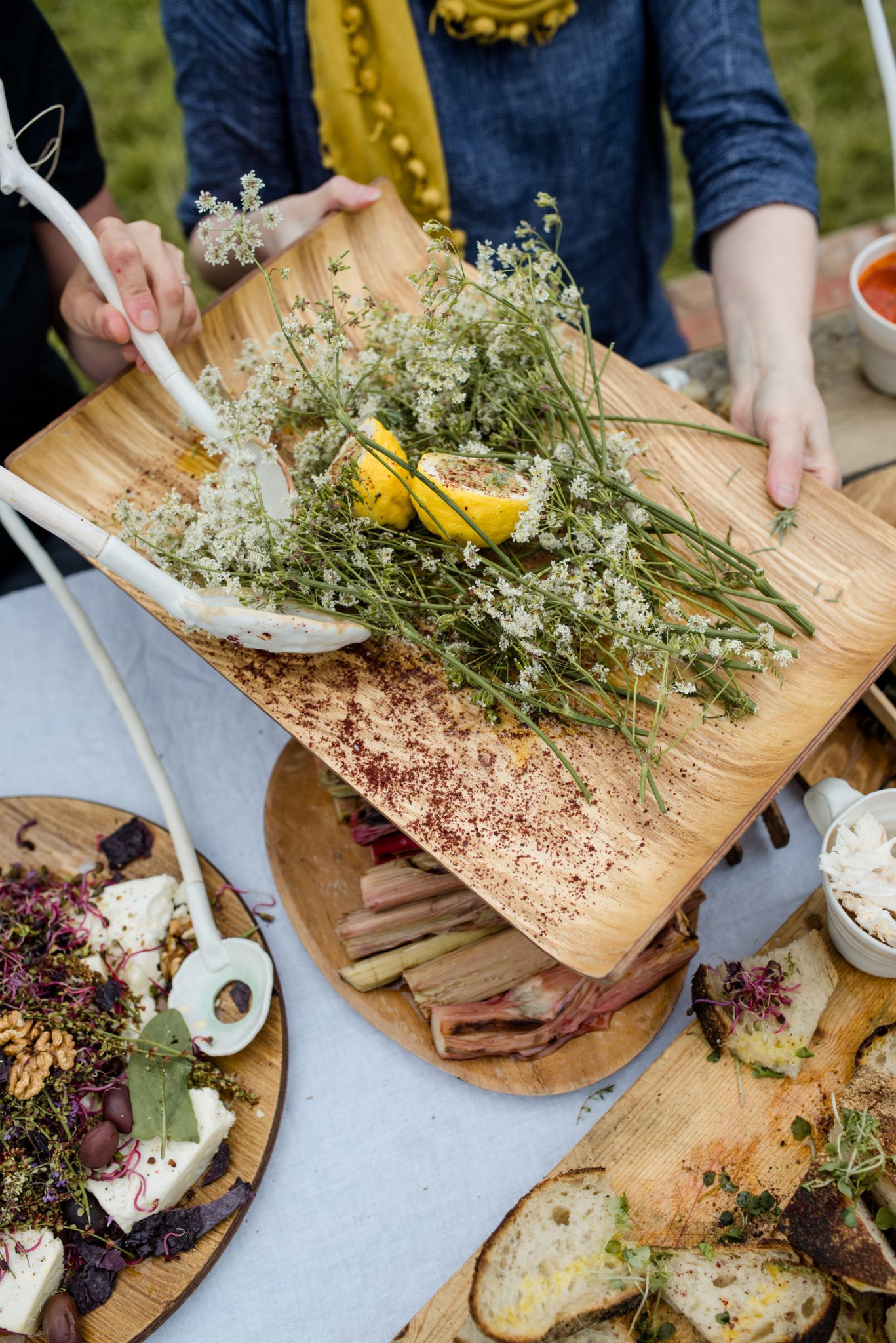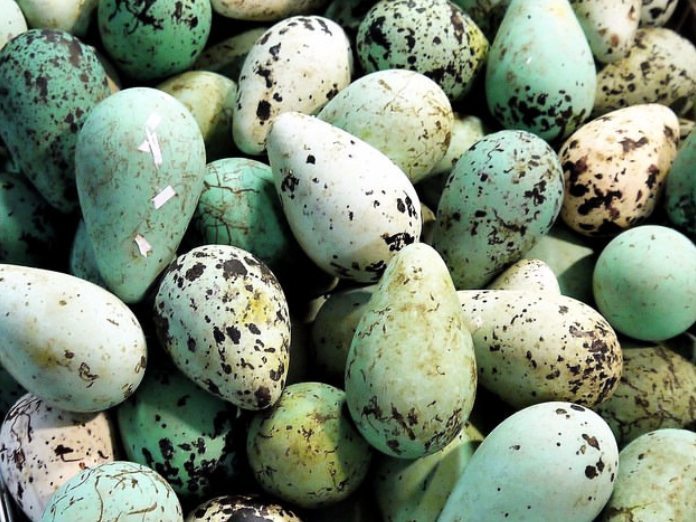Vestmannaeyjar – Westman Islands
The Westman Islands and the surrounding sea cliffs have considerable birdlife; one of the largest puffin settlements in the world is in the Westman Islands, with rich fishing grounds and several whales. Eruptions formed the islands under sea level, and the soil is shallow in many places and therefore not suitable for horticulture. In many places, there is rocky soil and lava. Some rare plants grow there, e.g., in the valley of Herjólfsdalur.

The food consumption in Westman Islands was better and more diverse than in other fishing villages due to the food source. The food varied according to the seasons and became unilateral during the fishing season and spring.
In the second half of the 19th century, general eating habits: First, coffee was drunk or Icelandic moss tea. Breakfast was at 10.00 and consisted of salted fish, trout, haddock, cusk (salted and processed), ling, pollock, or skate.
Lunch was at 3 pm, salted bird or fresh during summer, milk porridge, boiled fish, sour inwards of sheep and sour whale. Hot or cold beans and barley porridge. A lot of dried fish was eaten with butter.
Dinner was at 7 pm—bird soup with salted puffins or fulmar, usually fulmar with chopped angelica leaves. Thin milk porridge and grounded barley was often on top.
In the evening, coffee was drunk again. Dulse was eaten and seagrass in bread. Mutton and salted fulmar, and puffins were the main winter supplies. Fresh fulmar was boiled in pieces (salted/dried flat), and the bird was boiled with all the entrails as that was considered the best. Smoked puffin and fulmar chicks were served on special occasions. Fulmar was not heavily smoked because then its fat could not be used. The head was also eaten. Gannets were also eaten, heads and wings scorched, and gannet blood pudding made from the liver with raisins and spices.
Angelica and angelica roots were widely used, and many had angelica gardens. Around 1850, potato cultivation began with blue-red potatoes from Scotland.
The butter came from the mainland and was bought with stockfish. There was salted meat with potatoes or meat soups, beans, and meat on Sundays. In the fall, fresh meat was cooked or fried.
Only fishermen got a piece of bread with their morning coffee. In the late 19th century, fishermen began to take food with them when they went out on the sea, thick slices of rye bread or rye cakes with meat or other toppings. Cakes and pastries were only served on holidays or during special occasions. Bread such as a unique Icelandic pretzel, hardtack (hard bread that lasts long), with syrup was served with the coffee.
Kútmagar - Stuffed fish stomachs with kneaded empty liver or flour. Roe, roe pouch, and liver heads were a great favorite, especially new halibut heads and fattest parts from halibut.
Fish swim bladders were cured, and cod heads were half-dried. Cod milt was used but was considered poor food. There was usually plenty of fish, so anyone could eat as much as they liked.
Many people consider half-dried or dried fish better than a fresh one. Cod was not eaten as it was the main export product.
Seasons
During fishing season, new fish was, e.g., halibut. In the summer, all sorts of fish were caught, such as cod, torsk, halibut, and plaice. Side dishes were rutabagas and potatoes, but they began to grow after the middle of the century. Also, dough cakes are made from rye or wheat, and roe cakes are made from roe and flour. Dough cakes were also eaten with salted meat. Fusion of tallow and cod-liver oil was used as butter.

Eggs were available in early summer; they were placed in salt and dispensed between people for breakfast or lunch, 3-4 eggs per person. Omelets were also made.
Parties: After the fulmar hunting, the hunters had a feast. Smoked baby fulmar, raisin porridge with syrup, meat soup with fresh meat, or mutton steak. Lots of coffee, with brennivin liquor and cognac.
Julsaveisla party was similar after puffin hunting held by the fishermen who ferried hunters to the islands, and the hunters had a puffin party with good food and wine.
In summer, rotten stingrays and puffin were salted in barrels. Red sorrel was like a salad with fish and even sprinkled with brown sugar. Today, people from Westman Islands do not have to eat soured or smoked food except to taste it for the old tradition. There are numerous restaurants serving fish, meat, vegetables, and other delicacies in the Westman Islands.
The restaurant Slippurinn has been in the Magna house since 2012. There, the previous activities of the house can be enjoyed. They work with small suppliers and producers, fishermen, and farmers in the local area. They also pick herbs and seaweed and cultivate what is difficult to get elsewhere. Local and seasonal cuisine where the menu changes every week depending on available ingredients. Old methods are combined with new and fresh ones, and they want to make Icelandic everyday ingredients stand out.
GOTT is a restaurant that emphasizes healthy food where everything is prepared from scratch, and fresh and wholesome ingredients are used.
Einsi Kaldi is a restaurant renowned for its delicious seafood and other local ingredients.
